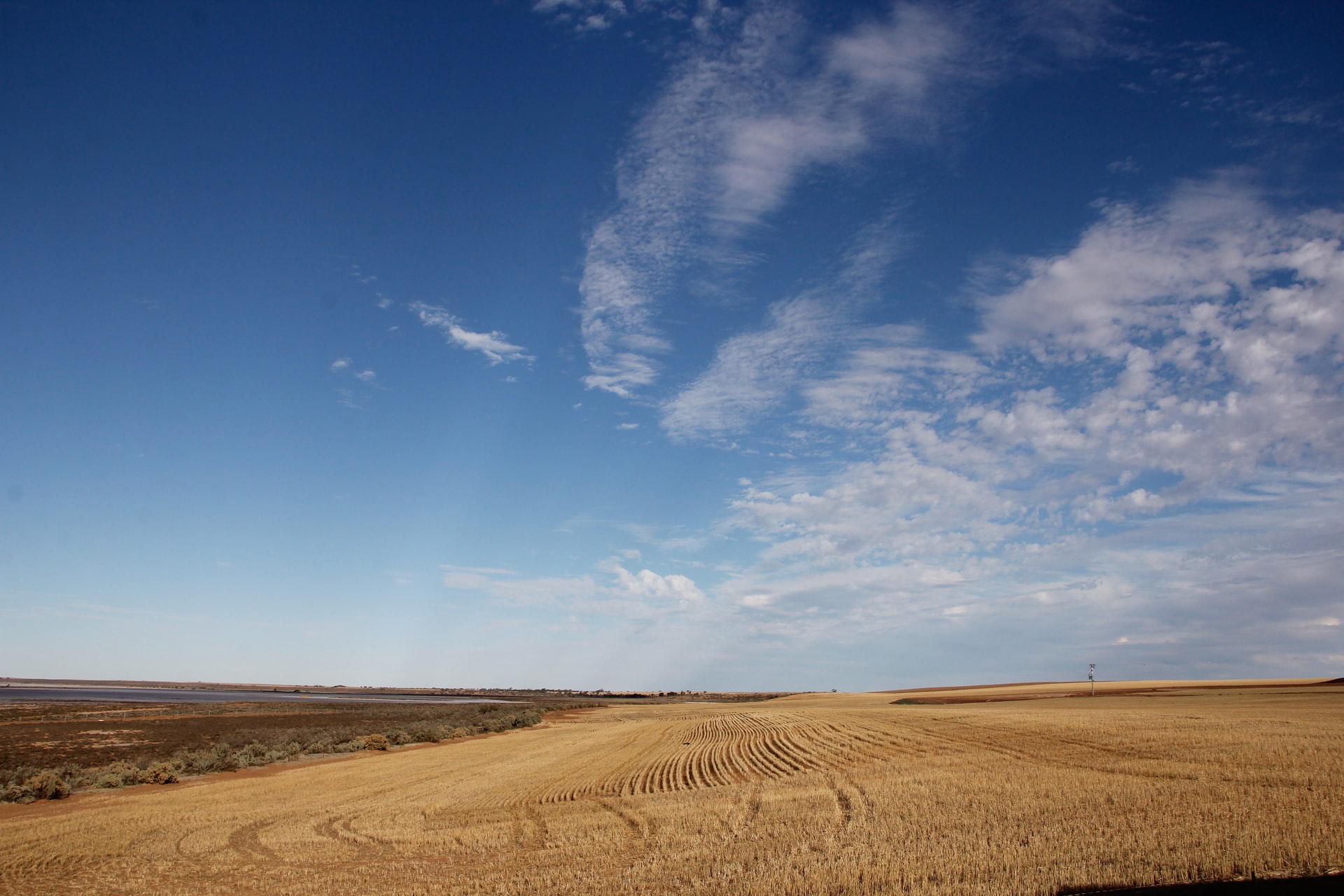
- Sustainable Planet -
- 6mins -
- 294 views
Victoria’s government to spend $31m to create habitat for endangered wildlife and to capture carbon
The government of Victoria has announced plans to restore an area five times the size of Melbourne with a AU$31m boost to private land conservation.
BushBank scheme to revegetate parcels of private land, create habitat and capture carbon
The Victorian government plans to restore an area five times the size of Melbourne as part of a new scheme to increase conservation on private land, reported The Guardian earlier this month. The state’s energy, environment and climate change minister, Lily D’Ambrosio, has announced the government will spend AU $31m (US $22.44m) to revegetate parcels of private land to create habitat for endangered wildlife and capture carbon.
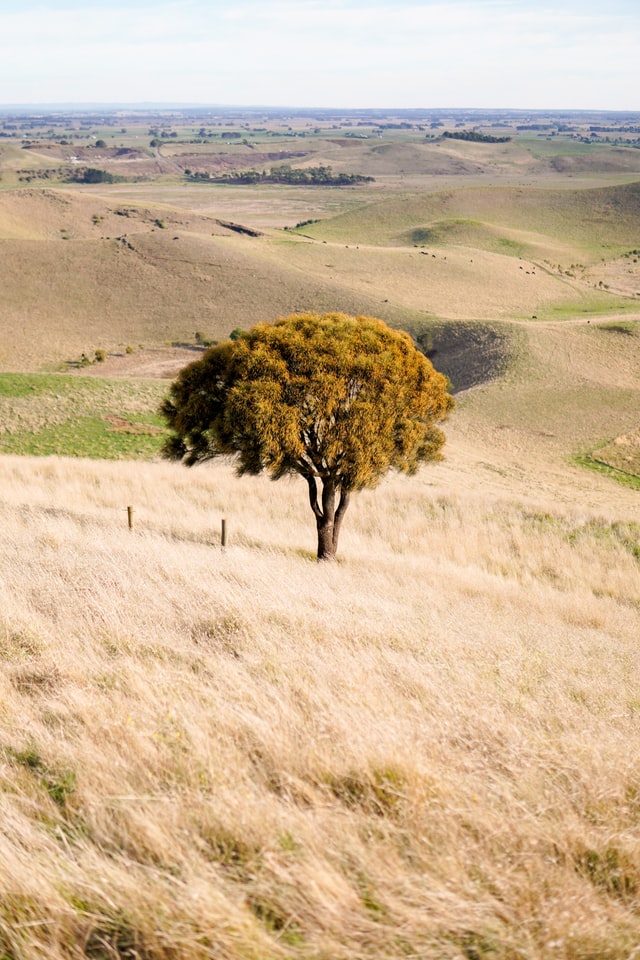
The $31m in funding available for the first stage will include $7m in grants for traditional owners
The scheme, known as BushBank, will fund organisations such as Greening Australia, Bush Heritage, Trust for Nature, and traditional owner groups to work with private landowners to restore habitat and increase carbon storage. The program was included in the state’s 2020-21 budget but the Andrews government has waited until now to formally launch it.
On Monday 4 April, it called for expressions of interest to cover the first 20,000 hectares to be restored through the scheme. The $31m in funding available for the first stage will include $7m in grants for traditional owner corporations for restoration on country.
Source: TheGuardian
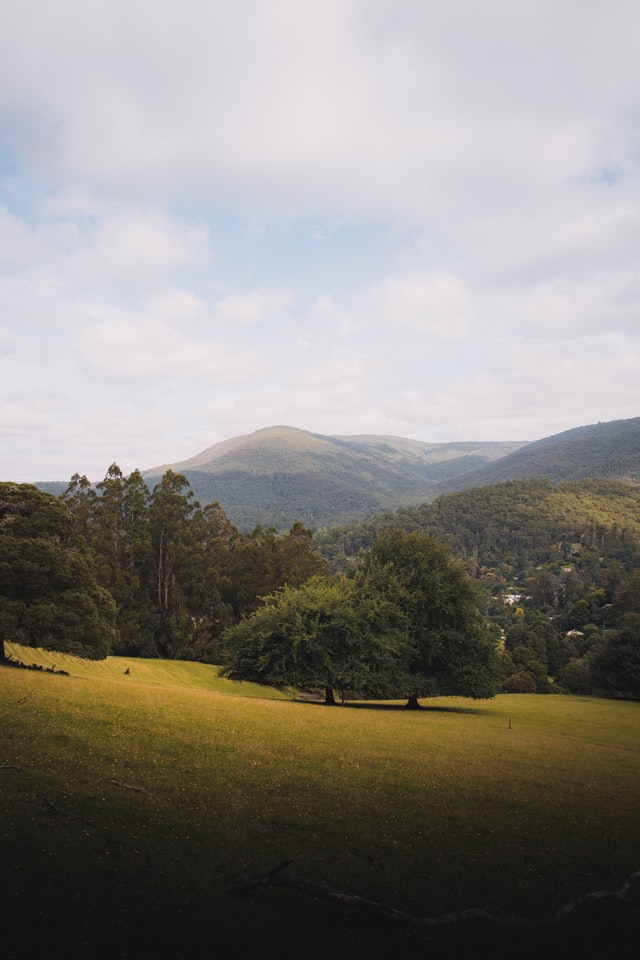
Victoria has set a net zero by 2050 target
The government has set a target of eventually restoring 200,000 hectares of private land for conservation as part of the 20-year biodiversity strategy it launched in 2017. D’Ambrosio said it was a new approach for the state that she hoped would deliver the scale of environmental change that was needed in Victoria.
“This money is about putting trees and vegetation in the ground and projects that connect up pockets of biodiversity to create biodiversity corridors,” she told The Guardian.
D’Ambrosio said the powerful owl, the southern brown bandicoot, the southern greater glider and the alpine bog skink were among the species whose habitat could be improved. She said areas such as the Gippsland region, the state’s north-east and north-west, and land around Portland in the state’s south-west were valuable places for nature that could benefit from projects.
“This is also about the carbon storage potential of those areas,” she said.
The state has set a target of reducing its emissions by 45-50% on 2005 levels by 2030 and has a net zero by 2050 target.
Source: TheGuardian
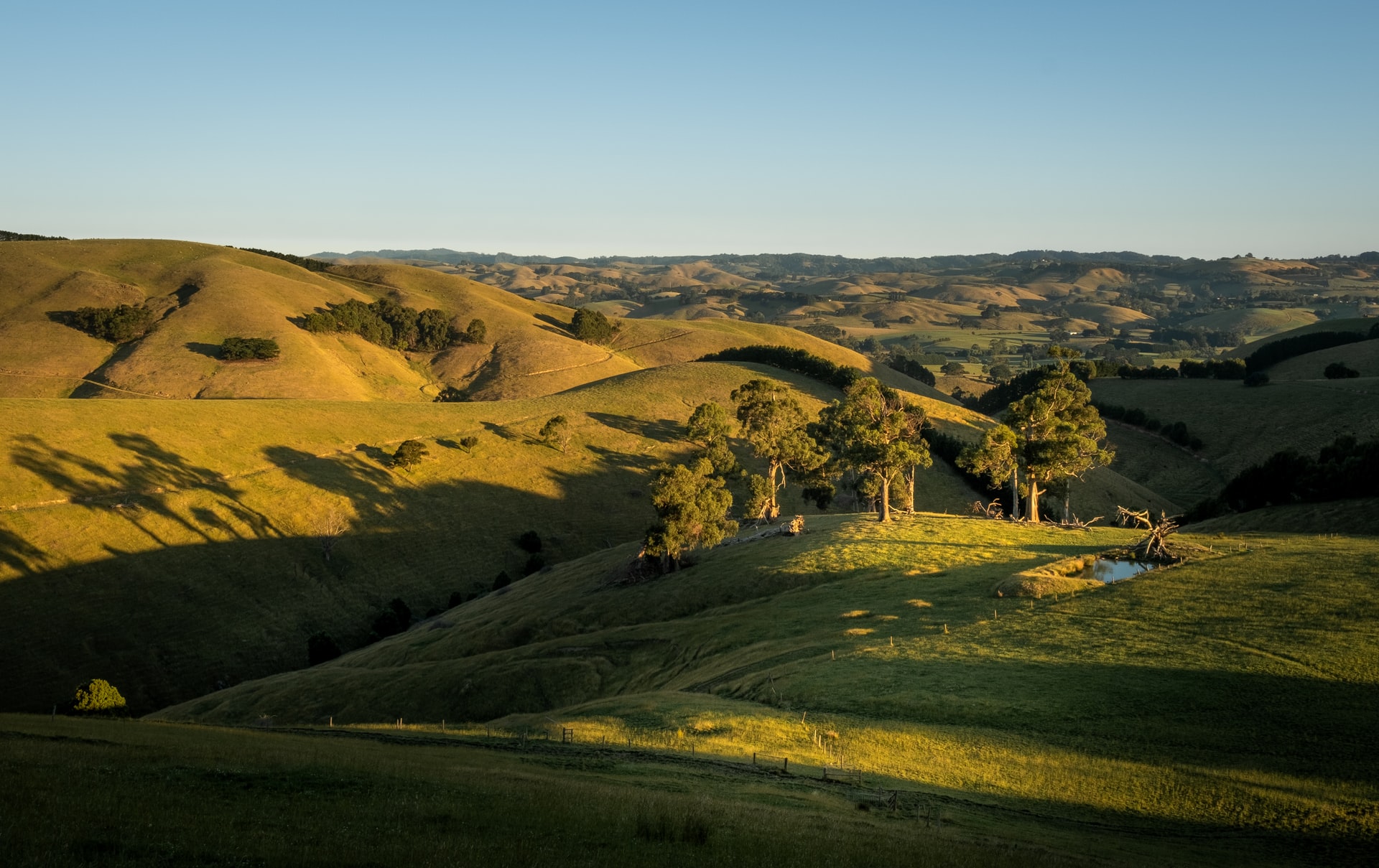
Thousands of landholders have already chosen to make space for nature on their land
The announcement comes at a time when the Andrews government has been under scrutiny for its management of threatened habitat, particular in areas affected by logging that are currently the subject of several legal challenges.
A report last year by the state’s auditor general found the Victorian environment department was unable to demonstrate it was halting the decline of threatened species.
Jody Gunn, the chief executive of the Australian Land Conservation Alliance, told The Guardian the investment in private land conservation was welcome. She said more than 60% of land in Australia was privately held but less than 2% of this area was managed for nature.
She said more support for voluntary conservation by landholders was “an essential part of securing the future of our wildlife and the health of our rivers, forests and farmland”.
“Thousands of landholders across the country have already chosen to make space for nature on their land, and it is great to see the Victorian government stepping up to invest further in private land conservation,” Gunn said.
Gunn said state governments had taken the lead on private land conservation and there was a need for more federal investment in this area. She said the alliance was calling on parties at the federal election to commit to more funding for private land conservation in partnership with state governments.
Source: TheGuardian
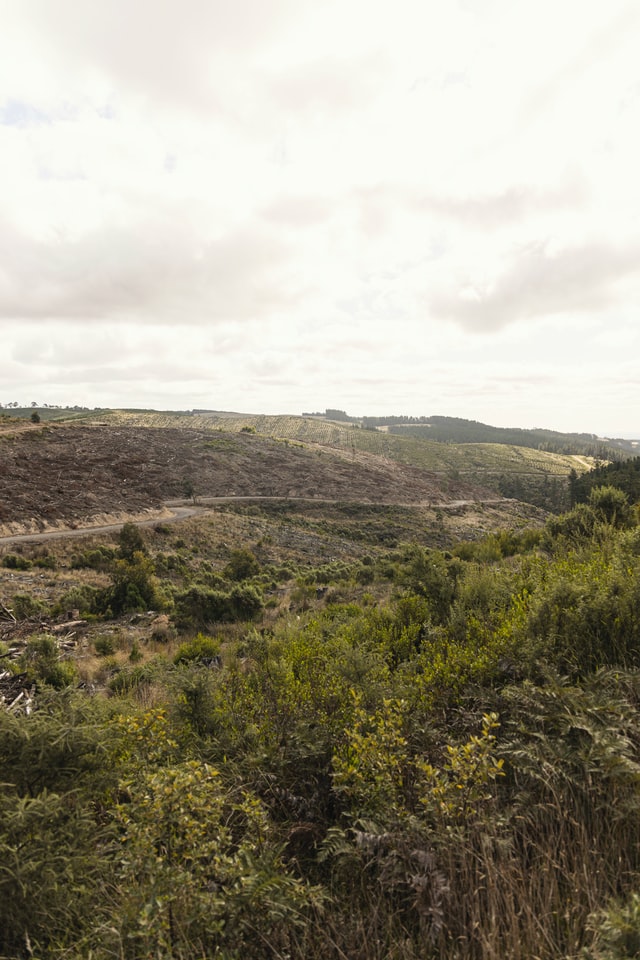
BushBank program overview
Revegetating land to reduce carbon emissions and create habitat for some of Victoria’s most iconic species
The $77 million* BushBank program will restore natural environments across Victoria through millions of native plants and trees being planted. The trees and shrubs planted will be carefully selected to benefit a range of species. *all figures shown in this section are in Australian dollars.
$30.9 million will go towards habitat restoration on private land, while $4 million has been committed for works on public land.
The BushBank program also provides economic opportunities for Traditional Owners and supports their participation in restoration and carbon markets. Restoration activities will include seed collection, weeding, fencing and planting.
The BushBank program will contribute to targets within Protecting Victoria’s Environment – Biodiversity 2037, Victoria’s plan to stop the decline of our native plants and animals and improve our natural environment. The BushBank program will also contribute to the Victorian Government’s goal of net zero emissions by 2050.
Habitat restoration on private land
The Victorian Government is investing $30.9 million to revegetate and restore at least 20,000 hectares of native habitat across private land in Victoria. Expressions of interest are open for suitable organisations which can deliver this part of the program, bringing in co-investment and helping private landowners tap into financial incentives available through land restoration and carbon markets. The successful delivery partner will recruit landowners to participate and also play a role in the delivery of works to restore native vegetation.
Habitat restoration on public land
The Victorian Government is investing $4 million to revegetate and restore habitat in areas of public land, such as parks and reserves. This work is being carried out through the BushBank Crown Land Restoration Grants.
The first round of the grants has been approved for priority areas of Crown land managed by DELWP or Parks Victoria. All projects are supported by Traditional Owners and include sites in the Grampians National Park, Wilsons Promontory National Park, Berrook State Forest in the Mallee and the Northern Hume floodplain.
Traditional Owner grants
Traditional Owners are important partners in the BushBank program, with opportunities to lead and participate in habitat restoration and carbon markets. $14.5 million will be available via grants to support Aboriginal self-determination and Traditional Owner participation in restoration and carbon markets.
Applications are now open for the first round of grants totalling $7 million over four years. The grant is designed to address biodiversity loss, climate change and to improve the capacity of Traditional Owners to participate in healing Country, and carbon markets and practice self-determination.
Two funding streams are available for eligible Traditional Owner Corporations:
- Foundational grants to build capacity and capability with a maximum request of $75,000 per application for projects delivered over a maximum of two years.
- Place-based project grants for on-ground activities with a maximum request of $500,000 per application for projects delivered over a maximum of four years.
Further information including the grant guidelines and application forms can be found on the environment grants webpage.
Budget announcement
The BushBank program was announced in the 2020-2021 Victorian State Budget, as part of a new $92.3 million program – Growing jobs in land restoration and carbon storage. The larger $77 million component of the program is designed to deliver restoration of native vegetation over 16 years to reduce carbon emissions.
The second component of the $92.3 million program is the $15.3 million Victorian Carbon Farming Program. This initiative will support private landowners to plant agroforestry and shelterbelt trees, access existing carbon markets and realise on-farm benefits and new income streams. It will be delivered over 10 years by the Department of Jobs, Precincts and Regions.
Source: environment.vic.gov.au
